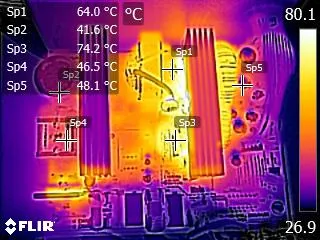I switched from RTX 2060 to RX 6700 XT.
I had 550w Gigabyte PSU which I found really cool. After reading PSU requirements from vendor websites and answers from different forums, I decided to buy a 850 watt PSU for future safety - influenced by the common belief on internet.
However, after installation, I put a wall wattage meter in between power source and my whole setup including Display. (i can't doubt my wattage meter).
What I found after 6 hours of intensive gaming, benchmarking using various tools and cpu/gpu burning was annoying. The max wattage my setup consumed was 360 watt!
I tried same on my 550w PSU. Result was same. So, my question is, why people think like we're living 20 years back when GPUs and PSUs weren't efficient and had multi rails of limited power?
What I should make sure is a good quality PSU which shouldn't exceed 90% of its limit.
Please mention your setups and max wattage it consumes if you have any wattage meter.
My Setup:
Ryzen 5 3600 (Default core boost)
RX 6700 xt (no over clocking)
DDR4 3200Mhz 8GBx2
850w PSU
Lots of fans and RGB
SATA SSD and HDD
144hz Monitor
Gaming mouse and Keyboard
I had 550w Gigabyte PSU which I found really cool. After reading PSU requirements from vendor websites and answers from different forums, I decided to buy a 850 watt PSU for future safety - influenced by the common belief on internet.
However, after installation, I put a wall wattage meter in between power source and my whole setup including Display. (i can't doubt my wattage meter).
What I found after 6 hours of intensive gaming, benchmarking using various tools and cpu/gpu burning was annoying. The max wattage my setup consumed was 360 watt!
I tried same on my 550w PSU. Result was same. So, my question is, why people think like we're living 20 years back when GPUs and PSUs weren't efficient and had multi rails of limited power?
What I should make sure is a good quality PSU which shouldn't exceed 90% of its limit.
Please mention your setups and max wattage it consumes if you have any wattage meter.
My Setup:
Ryzen 5 3600 (Default core boost)
RX 6700 xt (no over clocking)
DDR4 3200Mhz 8GBx2
850w PSU
Lots of fans and RGB
SATA SSD and HDD
144hz Monitor
Gaming mouse and Keyboard
Last edited:



